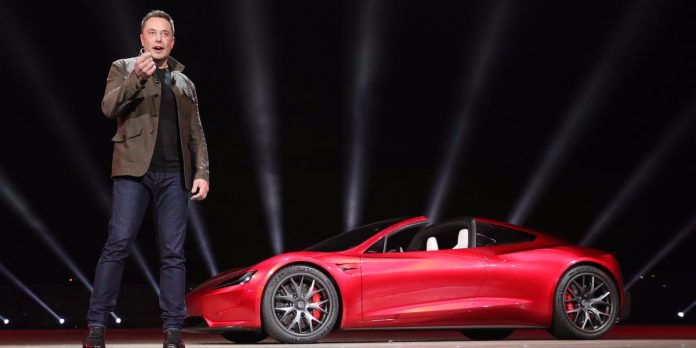In the car business, it’s often said that brands are grand, but products pay the bills. In other words, you can capture or retain customers with what your company stands for, but long-term, if you don’t have great vehicles, you’re going to have a problem.
For almost its entire history, more than 15 years, Tesla has inverted that wisdom. A few years ago, the carmaker was barely selling any vehicles relative to its global competitors. Last year, Tesla delivered only about 250,000 vehicles, while General Motors sold almost 8 million.
Investors have decided that this means Tesla should be worth $300 billion in market capitalization, more valuable than GM, Ford, and Fiat Chrysler Automobiles combined — and topping Volkswagen and Toyota, the two biggest automakers on Earth.
Vehicle sales obviously don’t add up to $300 billion in value; Tesla’s quarterly revenue remains far below a Detroit Big Three car company. It’s a bet on the future, and a prediction that Tesla should be able to expand its near-monopoly of the EV market as that market grows from a currently tiny basis, merely 1-2% of worldwide sales.
Investor optimism is that Tesla will maintain a dominant share, increase it scale, and notch enviable profit margins, perhaps more than 10% (high-volume luxury carmakers operate at that level, while mass-market companies run in the single-digit range).
But for now, the Tesla brand is mighty. Here’s how that happened:
